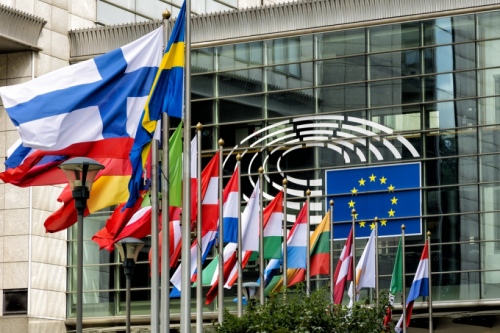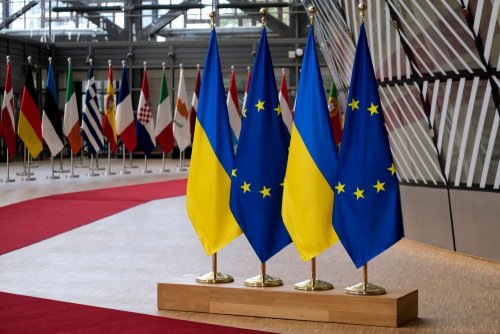Europe needs almost €600 billion of investments in high-voltage power lines, transformers, and wires by 2030 to make a "green" transition.
This is reported by Euractiv.
The European Union intends to invest heavily in its energy infrastructure in advance, shifting risks from industry to consumers, and at the same time risks creating a situation with unnecessary or underutilized power lines and transmission lines.
Suzanne Pato, Senior Advisor at the clean energy think tank RAP, says the transition will create a huge mismatch between power generation capacity and transportation capabilities.
She explains that the problem of the relationship between electricity demand and production is exacerbated by the transition to renewable energy sources. This transition involves "the relocation of electricity production sites while demand increases due to electrification."
"There is a lot of pressure to speed up the construction of electricity grids to prevent the time frame gap between renewables and new loads from widening," Pato said.
It is noted that Brussels prefers a new approach to solving the problem: "investment ahead of needs". Unlike traditional investments, which are more closely related to the expected short-term demand, this approach involves the construction of power lines and wires, the number of which exceeds today's needs several times.
Proponents of this approach argue that major investment and decisive action is necessary if the EU is to achieve decarbonisation.
"The energy transition requires making investments that are ahead of needs, while at the same time carefully analyzing the associated risks for their fair distribution among all parties, including consumers," says Rafael Murais García, acting head of the energy system needs department of ACER, the European energy regulator.
As Ecopolitika previously reported, Danish companies will receive $109 million for the green transition and 25% of this amount will be directed to projects directly related to the green transition.





